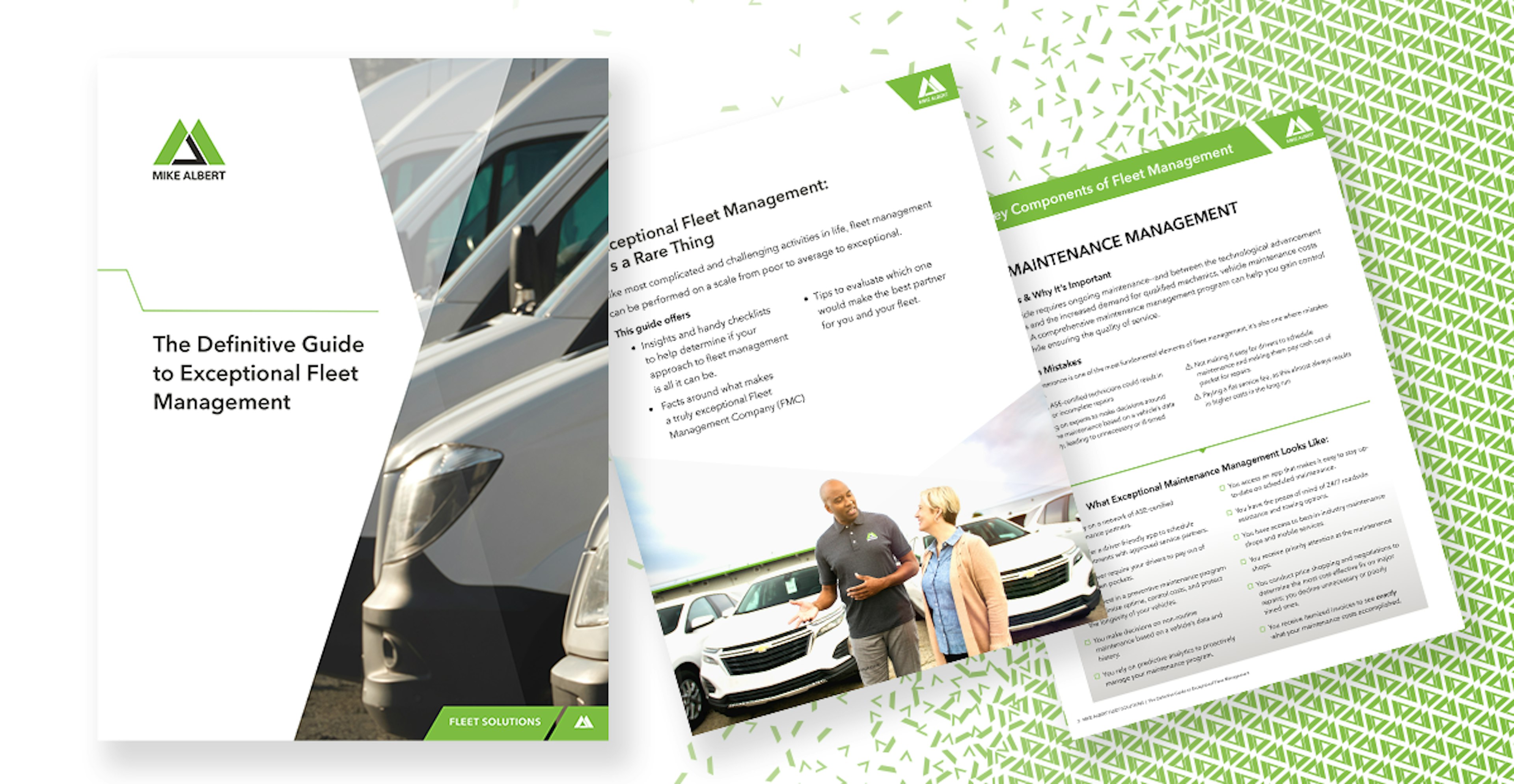Fleet Electrification
The advantages of electric vehicles (EVs) for fleets are real, as proven by Amazon, Anheuser-Busch, and thousands of other organizations and municipalities across the nation. The question is how can EVs be a viable and beneficial option for your fleet? And when should you start the transition and how aggressively? Several factors unique to your organization should be considered before arriving at the best answers.

Why go electric? What’s in it for your organization?
The reasons for electrifying your fleet grow more compelling every day. EVs and equivalent internal combustion engine (ICE) vehicles are becoming closer in list price. EV technology is advancing by leaps and bounds. In the coming months and years, new electric work trucks, vans, and heavy-duty vehicles are scheduled to enter the market.
- Lower operational costs
When EV charging is scheduled for off-peak rate times, the cost is a lot less than fueling up. - Reduced maintenance costs
Since EVs don’t have engines to maintain, you can save thousands of dollars over an EV’s lifetime. - Zero tailpipe emissions
EVs produce no direct, harmful, greenhouse gas emissions like fuel-powered vehicles do. - Elevated brand perception
Research shows that most North Americans prefer “sustainable or eco-friendly” brands. - Sustainability compliance
EVs comply with emission-reduction legislation and further your organization’s sustainability efforts.
What can fleet vehicle telematics data do for your business?
Before adding EVs to your company's fleet, first consider the infrastructure and operational requirements necessary to keep EVs charged and on the road. For guidance on the fundamentals of EV energy planning and ops, check out this video.
How we help you electrify your fleet—and your bottom line.
Since 2010, Mike Albert has avidly supported the use of EVs in fleets. Today, we are one of the nation’s top leaders in fleet electrification and management. For the past decade, our EV team has developed strong relationships with EV manufacturers and acquired extensive EV product knowledge through nonstop research and hands-on experience. We put all this expertise to work for your organization by helping you design a holistic plan for integrating the right EVs and charging solutions into your fleet operations.
Let's chat about your fleet management needs.
Share your info with us and choose a time to discuss your fleet with a member of our team.
Complimentary Access: Definitive Guide to Fleet Management
Examine the critical components that go into fleet management, what mistakes to avoid, and checklists for exeptional fleet management.




